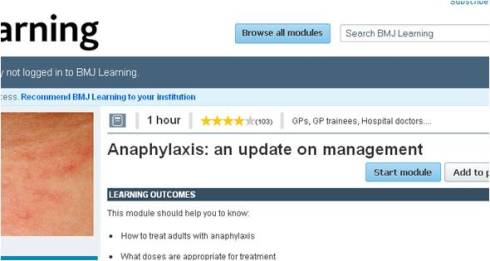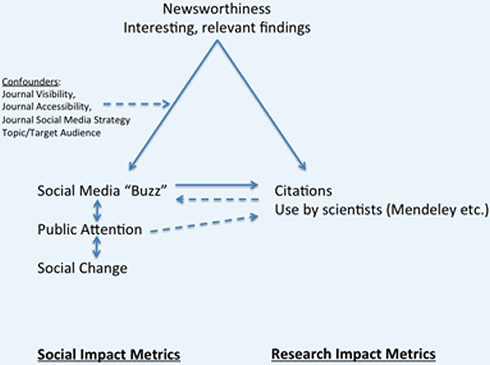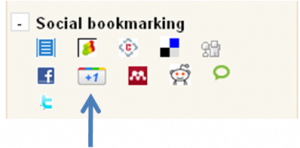In a previous post, we introduced Mendeley, the reference manager and academic social network that’s taking the research world by storm, even scooping an award in the Telegraph’s Start-Up 100 Awards. At the time of writing, Mendeley reports that 1,113,597 people have signed up and over 106 million scientific papers have been uploaded. Medicine is a particularly popular discipline, with over 8 million papers and almost 3,000 groups.

Over the past few weeks we have been working with Mendeley to help you better organise your research, collaborate with others online, and discover the latest medical research. We are in the process of sending Mendeley a complete metadata set, so that full and accurate bibliographic data of all BMJ articles are stored in the Mendeley database. In addition, we have incorporated a ‘web importer’ button across our journals at article-level, so that it takes just one click to add any BMJ paper to your Mendeley library. more…





 Where is it found?
Where is it found?
